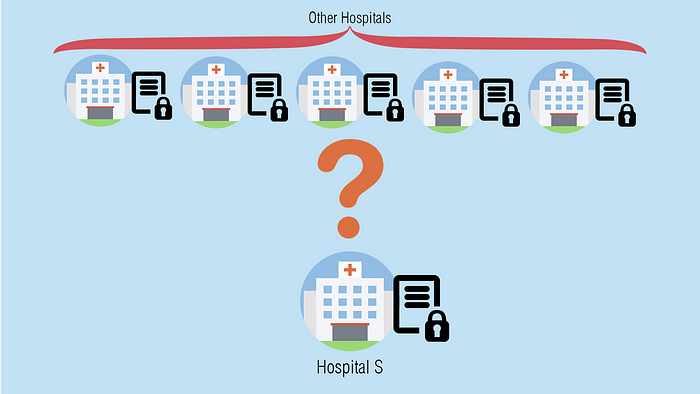A step-by-step guide demonstrating how the PATE Framework works and how to make it bidirectionally private by adding an encryption layer.
It is recommended to create a conda environment for this repo, since it requires old versions of widely used libraries (e.g. numpy, torch, torchvision, syft, etc.)
- Python >=3.4
- PySyft v0.1.23a1 [Note: Must be installed from a fork I made, since the older version was broken]
pip install -e git+https://github.com/aristizabal95/PySyft.git#egg=syft - PyTorch. Already installed once PySyft is installed
- Jupyter Notebook:
conda install jupyter notebook
PATE, or Private Aggregation of Teacher Ensembles, is a machine learning framework proposed by Papernot et al. in the paper Semi-Supervised Knowledge Transfer for Deep Learning from Private Training Data. This framework allows for semi-supervised learning with private data while retaining both intuitive and strong privacy guarantees.
PATE has shown to achieve state-of-the-art privacy/utility trade-offs, while also having a flexible and widely applicable implementation. There are, however, some situations in which this framework struggles. This is when there is no access to public data, or when the student’s data is necessarily private. PATE requires the student to share its data with all the teachers, and therefore no privacy is guaranteed in this process. An example of such a situation is when a Hospital wants to train a neural network for diagnosis and uses other hospitals as “teachers” to label its dataset. In such a situation, PATE may be infeasible, because the “student” hospital is probably obliged (either morally or legally) to maintain its dataset private.
Because of this, an additional step is proposed, where the teacher ensemble is considered as “Machine Learning as a Service” (MLaaS), and encryption is added to provide secrecy for the student’s dataset. This new implementation opens up the possibility to use PATE in scenarios were none of the parties have an interest of sharing their data. Be it for legal reasons, as the example provided above, or for market reasons, like tech companies working together to develop better applications without ever needing to expose their client's usage data.
Here, we are going to explore how to apply these changes and how it affects the PATE Framework procedure.
This repo contains a notebook with a step-by-step guide on implementing PATE and adding encryption. Since this is for educational purposes, the MNIST dataset was used to demonstrate the procedure and the issues at hand.
This repo was developed as part of Udacity’s Secure and Private AI Nanodegree Program. The intention of this repo is to present and explain my final project for the course and it should be regarded as such.
- Papernot, N., Abadi, M., Erlingsson, Ú., & Talwar, K. (2016). Semi-supervised Knowledge Transfer For Deep Learning from Private Training Data. ArXiv, 1610(05755). Retrieved from https://arxiv.org/abs/1610.05755
- Papernot, N., & Goodfellow, I. (2018, April 29). Privacy and machine learning: two unexpected allies? Retrieved from http://www.cleverhans.io/privacy/2018/04/29/privacy-and-machine-learning.html
- Trask, A. Secure and Private AI Nanodegree Program. Retrieved from https://www.udacity.com/course/secure-and-private-ai--ud185
- Private Document by Rogério Saccaro from the Noun Project.
- Hospital icon is taken from PNGio.com
- Artificial Intelligence icon is taken from Free Icons Library.
- Server icon is taken from icons8.com
